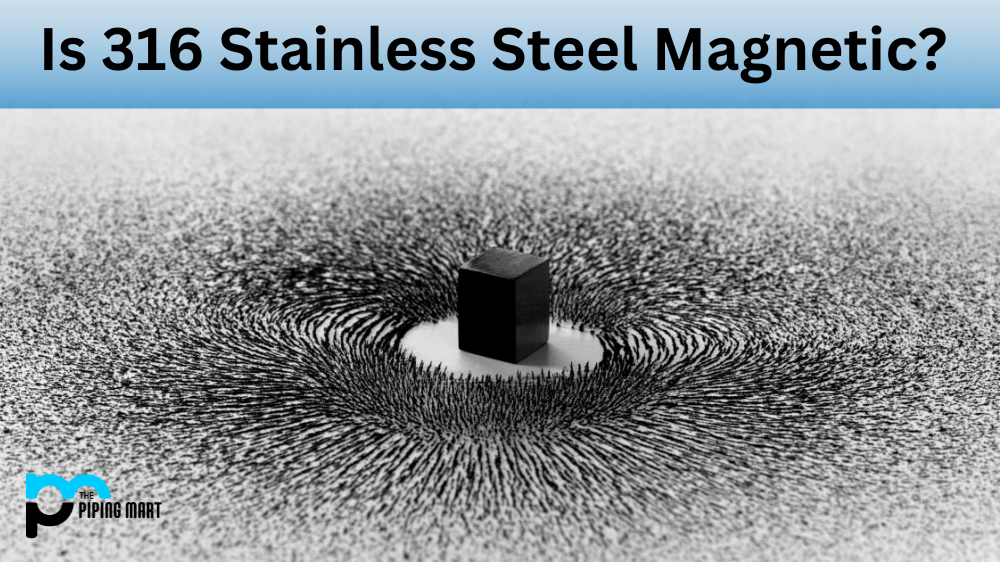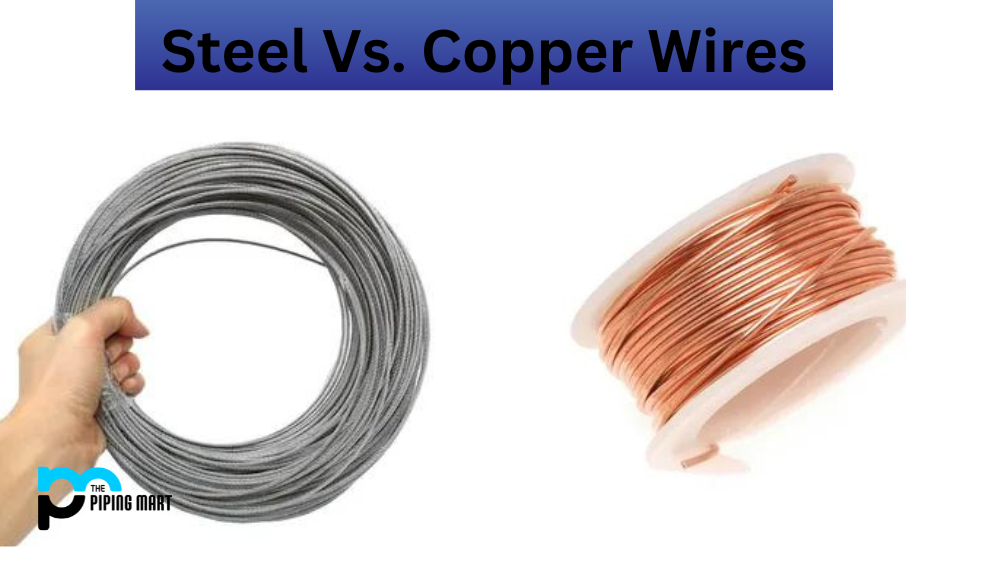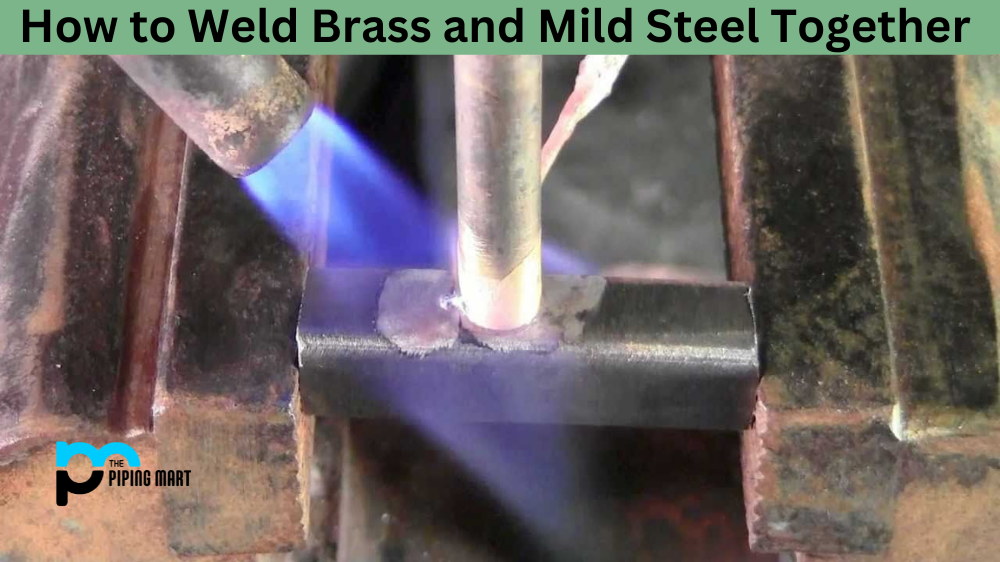If you’ve ever asked yourself if 316 stainless steel is magnetic, you’re not alone. Many people come across this question when researching the properties of different metals and alloys. The short answer to this question is that while it depends on the specific alloy, 316 stainless steel is non-magnetic in most cases. Let’s dive a little deeper into why this is the case.
Before we explain why 316 stainless steel is usually non-magnetic, let’s go over what it means for a material to be magnetic. A material can be classified as magnetic when it contains atoms with unpaired electrons in their outer shell. These electrons have an unpaired spin, which interacts with a magnetic field and creates magnetism. Metals such as iron, nickel, cobalt, and some alloys naturally contain these characteristics and are therefore considered magnetic materials.
What Makes 316 Stainless Steel Different?
316 stainless steel is an alloy composed of iron, chromium, nickel, and molybdenum—all elements that are typically found in magnetic materials. However, because of its specific chemical composition (which includes high levels of chromium), it has a very low content of ferrite—the element responsible for creating magnetism in other metals—which makes it non-magnetic in most cases.
Furthermore, the presence of austenite—a type of crystal structure created by its chemical composition—prevents any remaining ferrite from forming magnetized particles in the metal itself; instead, it creates an even distribution throughout the alloy, which prevents magnetization from occurring at any single point. This gives 316 stainless steel its non-magnetic properties that make it ideal for certain applications such as medical equipment or food processing tools where contamination must be avoided at all costs.
Conclusion
In conclusion, although 316 stainless steel contains elements that are typically found in magnetic materials such as iron and nickel, its unique chemical composition gives it non-magnetic properties in most cases. This makes it ideal for applications where contamination must be avoided at all costs, such as medical equipment or food processing tools. It’s important to keep in mind that not all types of stainless steel are non-magnetic; depending on their chemical composition, they can either be weakly or strongly attracted to magnets, so always do your research before making a purchase!

Abhishek is a seasoned blogger and industry expert, sharing his insights and knowledge on various topics. With his research, Abhishek offers valuable insights and tips for professionals and enthusiasts. Follow him for expert advice on the latest trends and developments in the metal industry.




